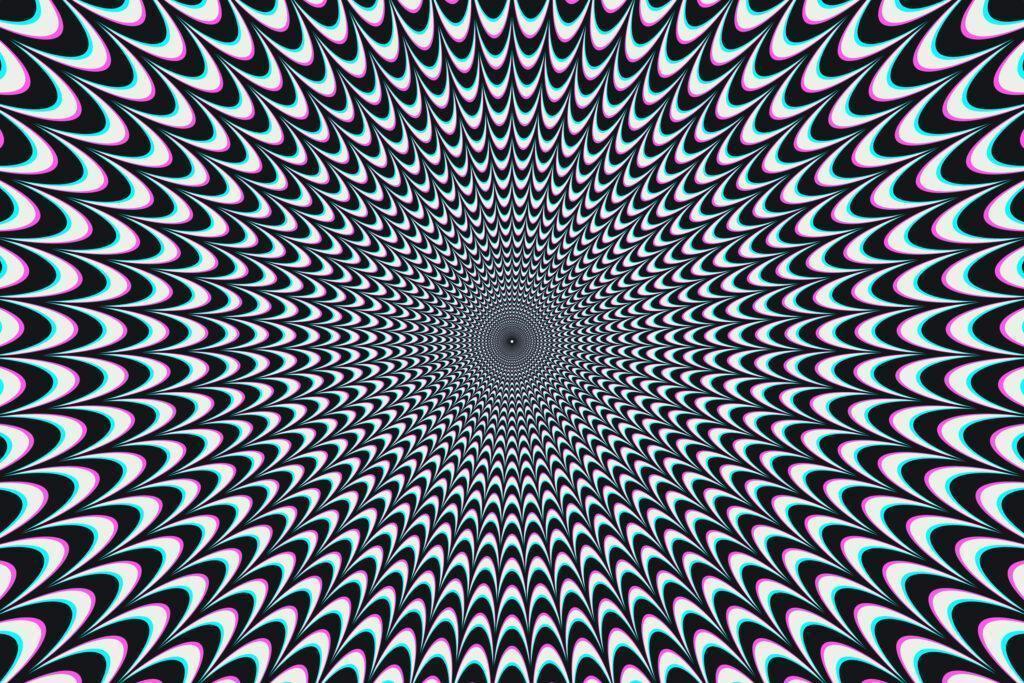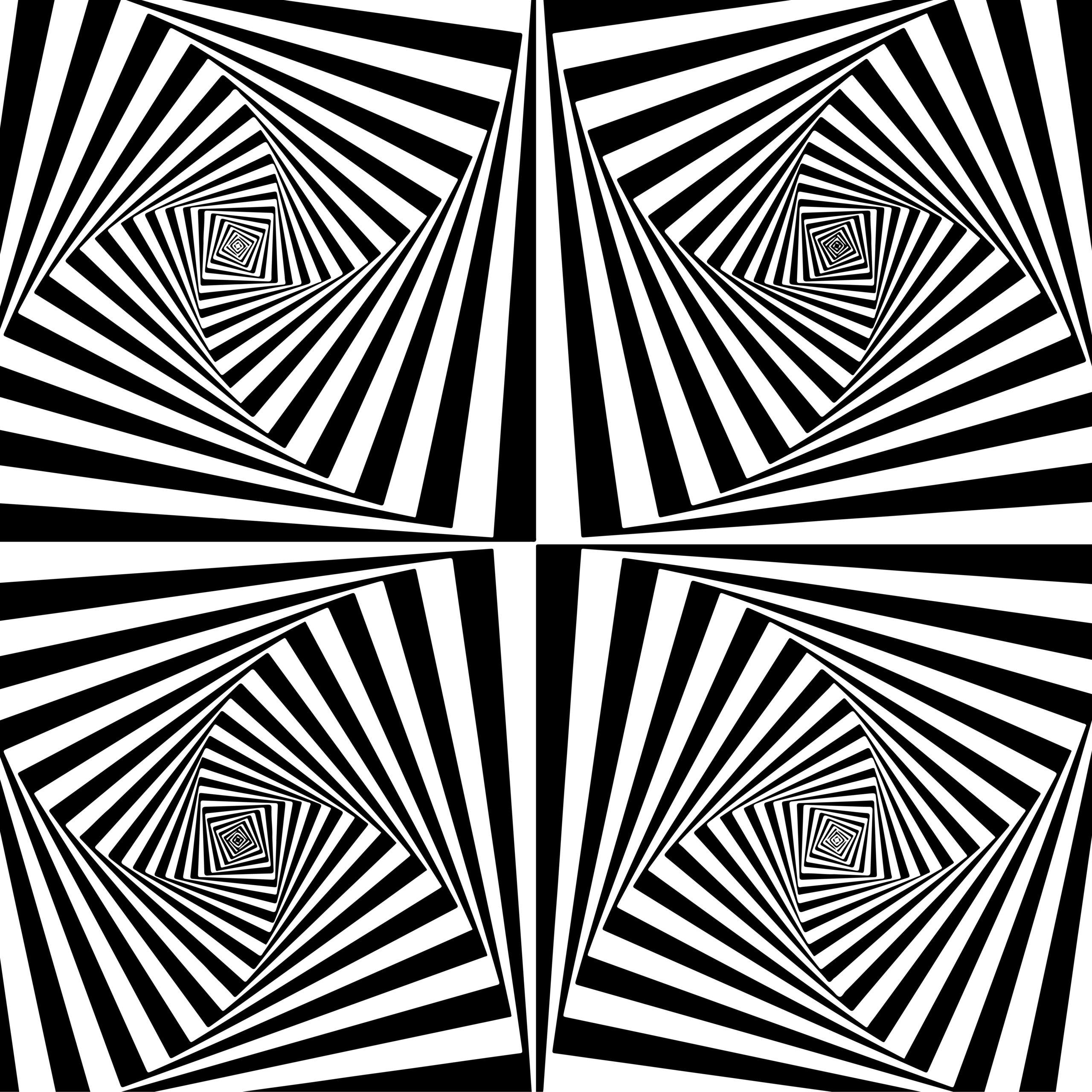Outsmarting Optical Illusions: How to Train Your Brain to See the Truth
Introduction: The Fascinating Trickery of Optical Illusions
Optical illusions are more than just fun visual puzzles—they reveal how our brains interpret the world. From the famous Müller-Lyer illusion (where two identical lines appear different lengths) to the Ebbinghaus circles (where context distorts size perception), these illusions exploit the brain’s shortcuts in processing visual information.
But what if you could train your brain to resist these tricks? New research suggests that with the right focus, you can.
The Science Behind the Study
A team of neuroscientists at Lancaster University conducted an experiment to determine whether experience and training could reduce susceptibility to optical illusions. They compared two groups:
1. Expert Radiologists (44 Participants)
- Average age: 36
- 10+ years of experience analyzing X-rays, CT scans, and MRIs
- Trained to detect subtle abnormalities (like hairline fractures)
2. University Students (107 Participants)
- Average age: 23
- Studying medicine or psychology
- Less trained in detailed visual analysis
Both groups were shown four classic optical illusions and asked to judge sizes/lengths objectively.

Key Findings: Who Fell for the Illusions?
Illusions 1-3: Context-Based Tricks
- Example: The Ebbinghaus illusion (two identical circles surrounded by larger/smaller circles, making one seem bigger).
- Result: Radiologists were significantly less fooled than students.
- Why? Their training taught them to ignore irrelevant visual context and focus only on the key elements.
Illusion 4: Orientation-Based Trick
- Example: A vertical rectangle vs. a horizontal one (the vertical one often appears taller, even if both are the same size).
- Result: Both groups were equally fooled.
- Why? This illusion doesn’t rely on background distractions—it exploits how our brains perceive orientation.
How Radiologists Resist Visual Deception
Years of medical imaging analysis have honed their brains to:
✔ Filter out “visual noise” (irrelevant patterns)
✔ Focus intensely on critical details (like a tiny fracture)
✔ Process shapes and lines more objectively
“They develop a kind of tunnel vision—seeing only what matters,” explains lead researcher Radosław Wincza.
Can You Train Yourself to Beat Illusions?
The study suggests YES! While radiologists have years of practice, you can start improving your perception with these techniques:
1. Focused Attention Drills
- Exercise: Look at a busy image (like a “Where’s Waldo?” puzzle) and practice ignoring distractions while spotting key objects.
- Benefit: Strengthens your ability to tune out misleading context.
2. Mindfulness & Visual Awareness
- Exercise: When you see an illusion, pause and consciously question what you’re perceiving.
- Benefit: Helps you recognize when your brain is being tricked.
3. Deliberate Practice with Illusions
- Exercise: Repeatedly test yourself with illusions (like the Müller-Lyer lines) and measure progress over time.
- Benefit: Your brain may adapt to see the truth behind the trick.
Why This Matters Beyond Fun Brain Games
Understanding how to resist illusions has real-world applications:
🔹 Medical Imaging – Helps doctors avoid misdiagnoses due to visual biases.
🔹 Design & Art – Ensures accurate perception in architecture, UX design, and art.
🔹 Everyday Life – Improves attention to detail in tasks like driving or reading fine print.
Final Thoughts: Can Anyone Learn This?
According to Karla Evans (University of York), the answer is yes—but the time required varies. Some might adapt in weeks; others may need years of practice.
The key takeaway?
✅ Your brain isn’t “broken” if you fall for illusions—it’s just using shortcuts.
✅ With training, you can override these shortcuts and perceive reality more accurately.
Try It Yourself!
Next time you see an optical illusion:
- Pause and observe where your eyes are drawn.
- Ask yourself: “What’s really there vs. what my brain is interpreting?”
- Practice selective focus—ignore the “decoys” and look only at the key elements.
Want to test your skills? Check out these classic illusions:

